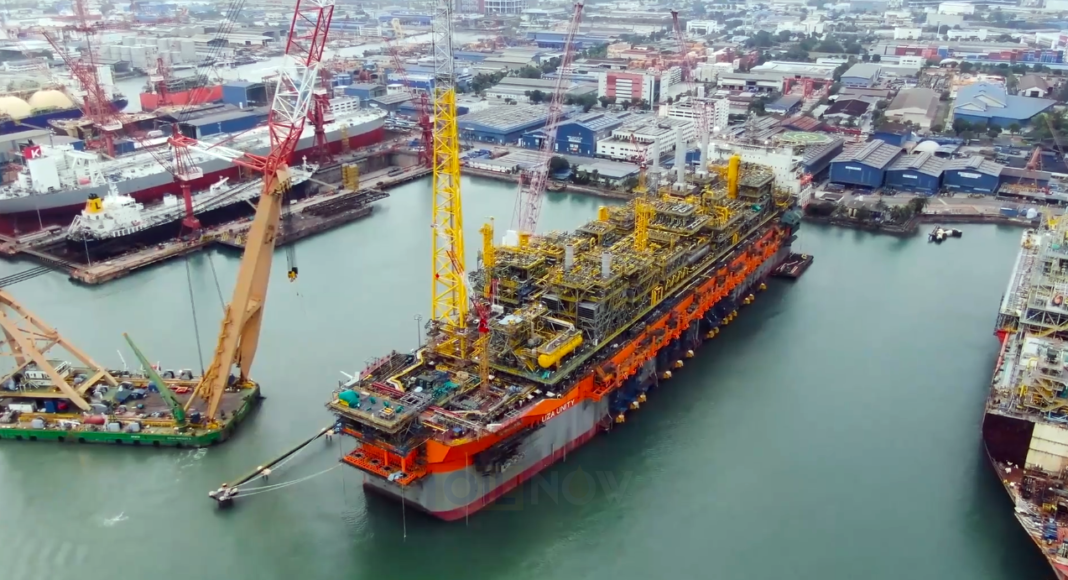Guyana in company of Norway, Brazil; emerging as growing deepwater giant
 The Liza Unity FPSO
The Liza Unity FPSO
For a country with no known oil resources just over six years ago, Guyana has emerged as a growing giant in the deepwater arena, catapulting to number 17 on the top 20 list of countries by oil reserves and well on its way to becoming the largest oil producer per capita in the world.
From North and South America to the United Kingdom, analyst around the world now have Guyana listed among the top three countries for deepwater expansion. Projections on output could see the newcomer moving into the elite group of top producers in Latin America and becoming the 23rd largest oil producer in the world.
With global oil and gas investments set to expand by $26 billion this year, Guyana is on course to sanction its largest project yet at Yellowtail, adding a massive 250,000 barrels of oil per day to its output, ramping up total production to more than 800,000 bpd by mid-decade.
Natural resources minister Vickram Bharrat told OilNOW with Yellowtail producing Guyana can expect to touch about 50 oil lifts per year.
“So, when you crunch the numbers, 50 lifts at a million barrels and based on the oil price today if it continues along that trend, you can see or get an idea of the direct proceeds coming to Guyana…And we are not even talking royalties yet,” he said.
And this is just the beginning. The South American country will surpass the one million barrels per day mark by 2030, becoming just the 11th nation in oil’s history to hit this milestone.
ExxonMobil Senior Vice President of Upstream, Neil Chapman, told investors in March that the billions of barrels of oil equivalent resources the company has discovered so far offshore Guyana is only the tip of the iceberg.
“It’s still early days in the programme but we continue to be very encouraged, and we estimate the resource potential of the basin to be more than double what we’ve already discovered,” he pointed out.
Analysts say the final basin resources at Stabroek Block could be approximately 25 billion barrels. That’s a 30–40-year reserve life at 2.1 million barrels/day.
